Purchasing fresh pork ribs is crucial for ensuring a delicious and safe culinary experience. Whether you’re planning to make a hearty rib roast, succulent baby back ribs, or a comforting rib stew, starting with high-quality, fresh ingredients is key. However, navigating the meat section of your local grocery store or butcher shop can sometimes be overwhelming, especially when trying to discern between fresh and less-than-fresh pork ribs. In this comprehensive guide, we’ll delve into the various techniques and indicators you can use to confidently assess the freshness of pork ribs. By understanding these criteria, you’ll be able to make informed choices that guarantee a satisfying meal every time.
Visual Inspection: The First Line of Defense
The first step in determining the freshness of pork ribs is to rely on your senses, particularly sight. Fresh pork ribs should have a consistent, even color throughout. Ideally, they should exhibit a pinkish-red hue with a slight marbling of white fat. Avoid ribs that have a dull, grayish appearance or patches of discoloration, as these could be signs of aging or improper storage.
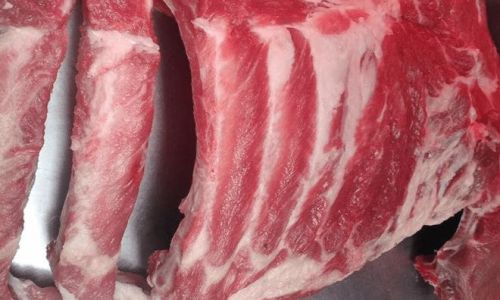
Moreover, inspect the surface of the ribs closely for any signs of dryness, sliminess, or tackiness. Fresh pork ribs should have a moist, slightly tacky texture due to the natural juices present in the meat. If the surface feels excessively dry or slimy, it’s a red flag that the ribs may not be as fresh as they should be.
Smell Test: Trust Your Nose
Following the visual inspection, the next step is to perform a smell test. Fresh pork ribs should have a mild, slightly sweet aroma, reminiscent of fresh meat. If the ribs emit a strong, pungent odor or have a sour smell, it’s an indication that they are past their prime. Off-odors can range from a metallic tang to a sour, ammonia-like scent, and these are all sure signs to avoid the product.
It’s important to note that the smell test should be conducted with caution, especially if you’re unsure about your ability to discern between fresh and spoiled meat scents. If in doubt, err on the side of caution and seek assistance from a knowledgeable butcher or store employee.
Touch and Texture: Feel for Freshness
Touch is another vital sense when evaluating the freshness of pork ribs. As mentioned earlier, fresh pork ribs should feel moist to the touch, with a slightly tacky surface. Press gently on the meat; it should be firm and resilient, springing back to its original shape. If the ribs feel mushy, soft, or leave a dent when pressed, they may be old or have been improperly handled.
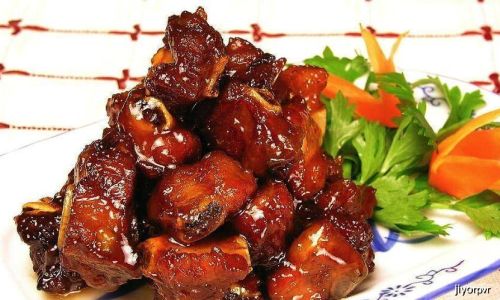
Additionally, check for any signs of liquid accumulation in the packaging. Excessive liquid can be a sign of thawing and refreezing, which can compromise the quality and safety of the meat. Ideally, pork ribs should be sold in packaging that minimizes exposure to air and moisture to preserve freshness.
Check the Packaging and Labels
When purchasing pork ribs from a supermarket, always inspect the packaging carefully. Look for intact, tamper-evident seals and check the use-by or sell-by dates. While these dates don’t necessarily guarantee freshness beyond the indicated period, they provide a rough estimate of how long the product has been on display.
Moreover, reputable suppliers and butchers often provide additional information on their packaging, such as country of origin, farming practices, and certification labels. Choosing pork ribs from suppliers who prioritize animal welfare and sustainable farming practices can further enhance the likelihood of obtaining fresh, high-quality meat.
Understanding the Supply Chain
Knowing a bit about the supply chain can also inform your purchasing decisions. Pork ribs that have traveled long distances or undergone multiple temperature fluctuations during transportation are more likely to lose freshness and quality. If possible, opt for locally sourced pork ribs, as they are likely to be fresher and have a shorter journey from farm to table.
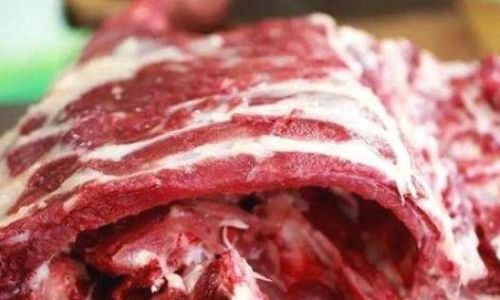
Additionally, ask your butcher or store staff about the frequency of meat deliveries. Fresh meat should be delivered regularly, ensuring that the stock is always turnover-heavy, reducing the likelihood of stale or aged products being sold.
Storage Considerations: Keeping Pork Ribs Fresh at Home
Once you’ve purchased fresh pork ribs, proper storage is crucial to maintaining their quality until you’re ready to cook them. If you don’t plan to use the ribs immediately, store them in the coldest part of your refrigerator, ideally on a lower shelf where temperatures are more consistent.
For longer-term storage, pork ribs can be frozen. Wrap them tightly in plastic wrap or place them in an airtight container to prevent freezer burn. Properly frozen pork ribs can retain their freshness for several months, but it’s important to use them within a reasonable timeframe to ensure optimal flavor and texture.
Cooking and Taste Test: The Ultimate Freshness Check
Finally, the ultimate test of pork ribs’ freshness comes when you cook and taste them. Fresh pork ribs should cook evenly, retaining moisture and flavor. They should be tender and juicy when cooked to the appropriate temperature, with a pleasant, mild meat flavor.
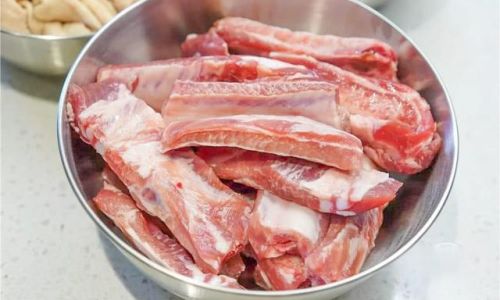
If, during cooking, the ribs release an excessive amount of liquid or have an off-taste, it may be a sign that they were not as fresh as you initially thought. However, remember that overcooking can also lead to dry, flavorless meat, so it’s important to monitor cooking times and temperatures carefully.
In conclusion, determining the freshness of pork ribs involves a combination of visual inspection, smell test, touch and texture analysis, packaging inspection, understanding the supply chain, proper storage practices, and a final taste test once cooked. By following these guidelines, you can ensure that you’re always working with high-quality, fresh pork ribs, setting the stage for delicious and satisfying meals. Remember, when it comes to food safety and quality, knowledge is power, and informed choices lead to better eating experiences. Happy cooking!
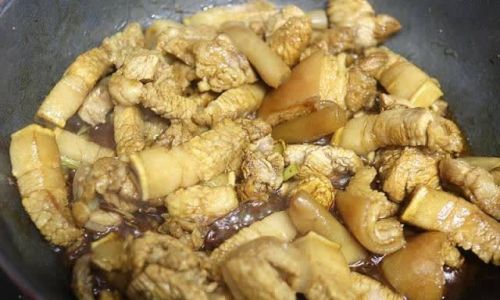





0 comments